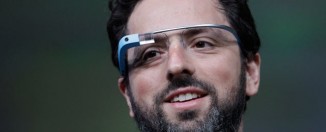Why the iPad and iPhone will converge by 2013
The Apple iPad has now launched and all the hype has dissipated like the lancing of a grotesquely engorged ulcerous boil. Through the clearing mist lies reality and the path to the future, which, oddly, doesn’t feature the iPad at all.
In fact the only thing that’s caused the iPad to exist in the first place is the limitations of current display technology.
Find out why after the jump.
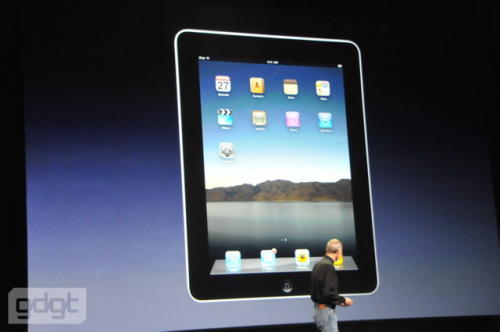
First, let me say this: the iPad is a fantastic product, a truly stunning piece of technology, and a seriously drool-worthy gadget. Before I get deluged by Apple fans crying foul, I’m not against the iPad in any way.
But it’s not a “third category device”, as Steve Jobs claimed at today’s Apple iPad Event. The other two he mentioned – the smartphone and the laptop – are what everyone currently uses, but when Jobs asks “is there room for a third category device in the middle?”, the answer is simply: no.
The Apple iPad sits awkwardly
I use a laptop for viewing and creating content. Whether it’s work-based content (presentations, spreadsheets, documents, etc.), blog posts (like this one), tweaking photos, or even as a means of uploading content such as pictures and videos, my laptop lets me create content in a convenient and portable way.
I use my smartphone for personal interaction with my friends and workmates, for viewing content, and finding things, whether it’s Web-based content, people’s contact details, places that are near me, directions to places, or anything else that I need to look up. My smartphone is with me at all times.
So what’s left in the middle? Devices for viewing content. Ebook readers, digital photo frames, HDTVs, and now…Apple’s iPad, which lets you view content. Not create – view.
OK, so you can create content if you use the physical keyboard add-on (you’re unlikely to use the virtual keyboard for large documents). But if you do that, you’ve got yourself a netbook (albeit with a fancy user interface), which is not exactly a third category of device.
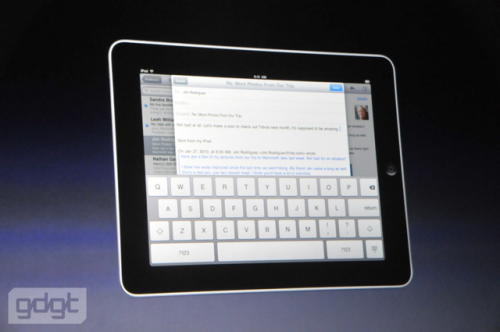
As for the maps and Google Streetview demo that Steve showed on the iPad – what use is that when you really need them? You know, like when you’re lost in the middle of a city, or when you’re driving to a new destination. It’s at times like these that you turn to your smartphone.
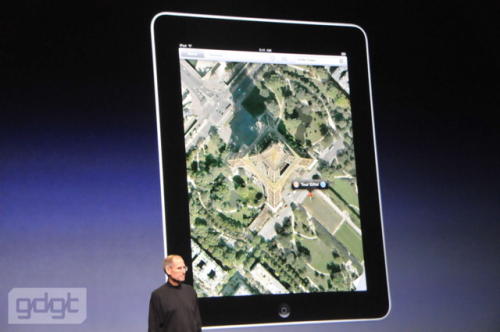
So the iPad isn’t a new category of device sitting firmly between two existing categories; rather, it’s a new device that fits awkwardly between two stools.
It’ll sell well, I guess, simply because Apple fans will love it and it does look cool. But it’s not a game changer. It’s not like the iPhone, which revolutionized the mobile phone industry when it launched back in 2007. As such, the iPad is more likely to take sales away from MacBooks than it is to generate new sales of its own.
A niche product with a niche lifespan
For all that, though, the iPad has served an extremely useful purpose – it’s identified just how powerful, useful, and capable our smartphones are these days, and just how dependent we are on them.
When Apple’s brand new category of device is greeted as “just a big iPhone” by some, it reflects superbly not just on the iPhone, but on the whole category of smartphones, many of which are now as good as the iPhone.
And with the iPad being backwards-compatible with the iPhone and featuring many of the same user interface features and gesture-based control, you have to ask what’s so special about it other than its huge screen and its inability to fit in your pocket. It really is, at heart, just a big iPhone!
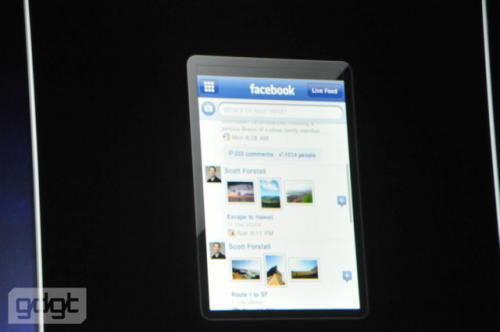
That in itself is no bad thing, but ask yourself this: if your iPhone had the same sized-screen as the iPad, would you even consider an iPad for a minute? Of course not. And with foldable screens already in production, it won’t be much longer before your iPhone really does have the same sized screen as an iPad!
This, then, sets the time limit for the iPad: three years at most, after which it’ll be relegated to the same place as the Amazon Kindle e-reader is heading for at increasing speed – oblivion!
The inevitable iPhone Convergence
In truth, it won’t disappear, it will merge with the iPhone. The iPad and iPhone will become one as the constraints of display technology disappear. This means, of course, that the iPad really isn’t a third category of device – just an existing category waiting for display technology to catch up. But it also means that the 6th generation iPhone in 2013 should really be something!
[Pics from GDGT]


